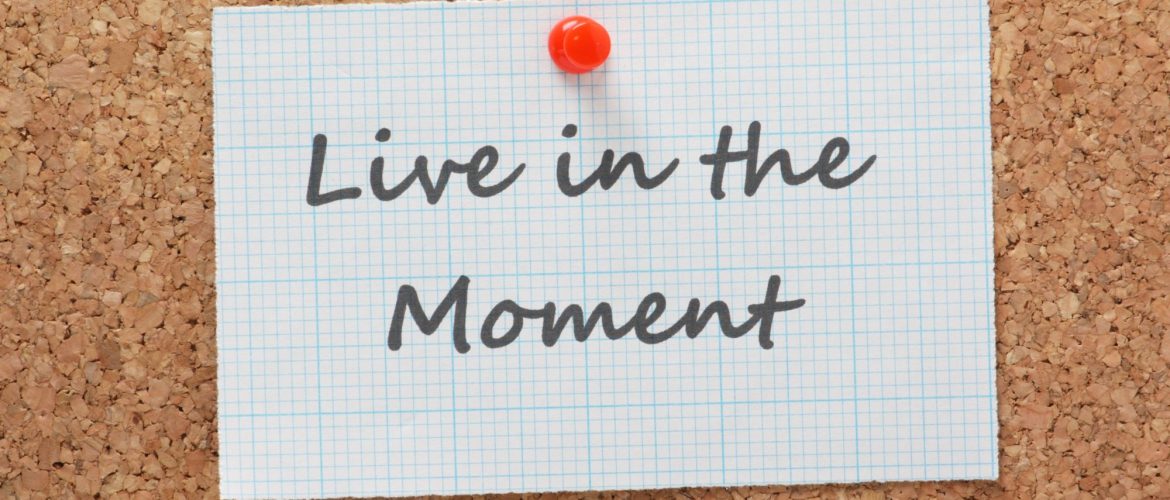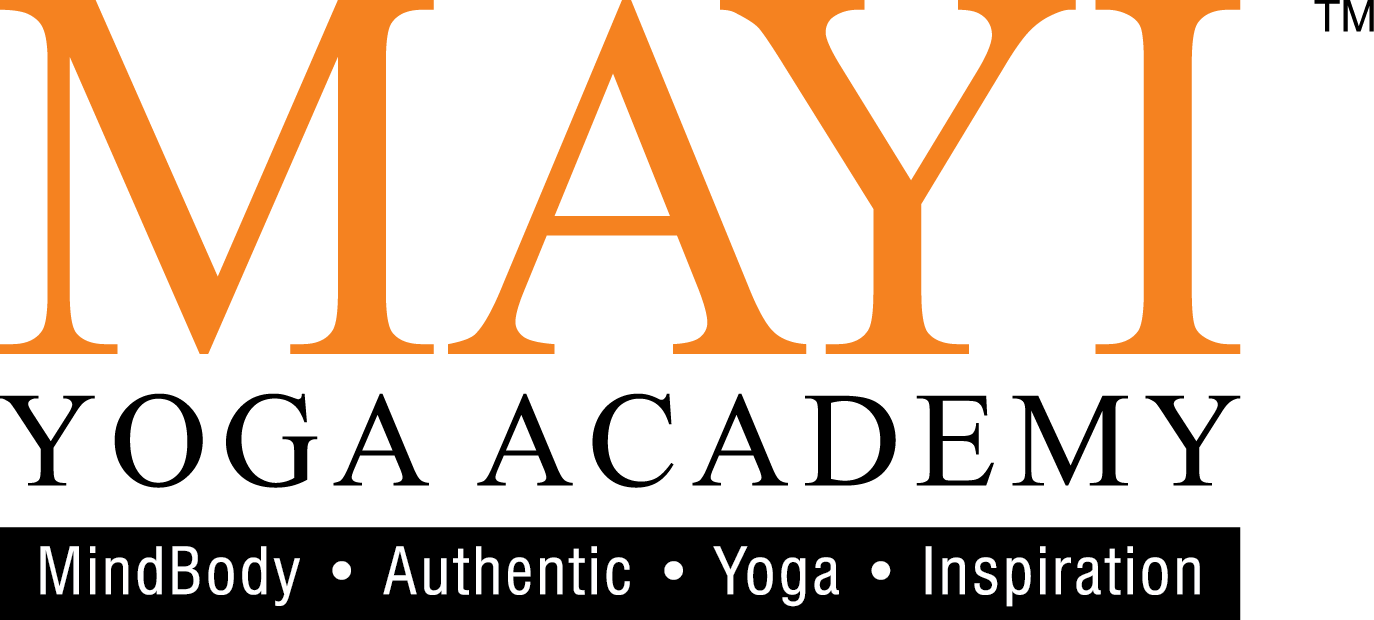Yoga and the Value of the Present Moment
- July 23, 2025
- Posted by: admin
- Category: Message from Master Mani,

By Master Manisekaran
Yoga is, at its essence, an art — the art of graceful movements anchored in the timeless philosophy of sthira (steadiness) and sukha (comfort, ease).
This art becomes a science when breath awareness is woven into every movement. The conscious synchronisation of body and breath transforms simple motion into a rejuvenating process, nourishing the nervous system, harmonising physiological rhythms, and awakening the subtle energies of life.
When art and science unite, yoga becomes more than practice — it becomes meditation in motion. A living force begins to emerge: the awakening of prana (life force). This awakening is not abstract; it can be experienced as tangible, transformative, and profoundly real.
From this awakened state arises another power — the force of being in the present moment. I call it a force because it is not merely an idea or sentiment, but an energetic state governed by consciousness itself, made accessible through the sustained practice of yoga.
Is there truly a present moment?
When we say, “I am in the present moment,” the very instant has already passed. Time, by its nature, flows forward. So how can one ever claim to be in the present?
Here lies the paradox — intellectually, the “present moment” seems elusive. Emotionally, the phrase is often used in motivational speeches, workshops, or conversations, where it serves more as inspiration than reality. But is the experience of the present moment genuinely possible?
Flow and the Present
In states of flow — those moments of deep absorption, whether in music, art, sport, or yoga — one is no longer divided by past or future. The self merges with the activity, and awareness becomes fully immersed in now. This, perhaps, is as close as language can take us to the present moment.
To merely say “I am in the present” is conceptual. But to experience it through flow is existential — it transcends thought and becomes embodied.
Yoga as a Gateway to the Present Moment
When yoga is practiced with steady attention, patience, and the right pace, moments of flow naturally arise. The classical interpretation of yoga emphasises sthira (steadiness) and sukha (comfort, adaptability to one’s capacity). In such a state, practice feels effortless — the body stable yet relaxed, the breath smooth, the mind alert yet quiet.
Whether through asana (postures), pranayama (breathwork), dhyana (meditation), or the contemplation of yoga philosophy, the practitioner is led gradually into the present. Here the experience is total: body, breath, intellect, and emotions harmonise.
This integration blossoms like the lotus — rooted in the mud of everyday life (samsara), yet rising above it with grace and beauty. Is such a state truly possible? The yogic tradition answers with certainty: yes. Yogis across generations have lived in this state and sought to share it, through both oral teachings and sacred texts, as a way of showing humanity the path toward living fully in the present.
Manisekaran
Manisekaran, fondly known as Master Mani by his students, is the Master Trainer of MAYI Yoga Academy who revolutionised the teaching of Yoga by infusing modern techniques into the traditional teaching of Yoga while maintaining it’s authenticity. A Yoga practitioner of more than 30 years, Master Mani is well versed in the philosophy of Yoga and Ayurveda.

